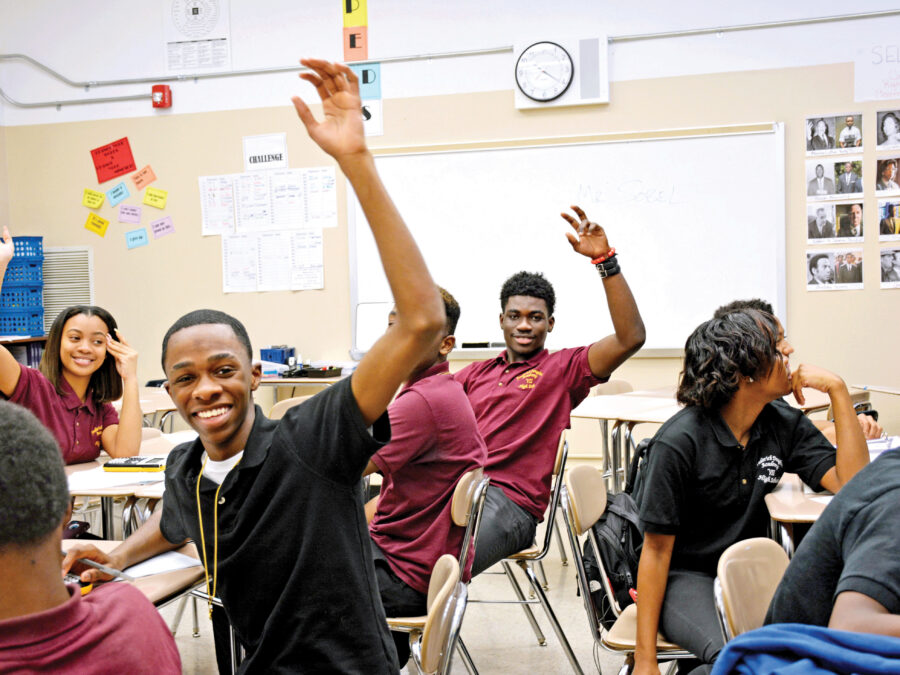Big C, little c: Contextualization
Strengthens students’ contextualization skills by distinguishing between the “Big C” (broad historical context) and “little c” (specific circumstances surrounding a document or event). Through collaborative discussion and targeted framing prompts, students learn to embed individual events or documents within the wider historical setting and consider how those broader forces shaped individual perspectives and choices.
Educator Guide
Graphic Organizer
Cause and Effect Chain: Chronological Reasoning and Causation
Engages students in collaboratively sequencing historical events to surface and explain causal relationships. Through annotation, discussion, and writing, students actively construct historical narratives, interpreting evidence and crafting arguments to explain the complex web of cause and effect relationships that impact history.
Educator Guide
Instructional Slides
Global 1 Curriculum Example
Sourcing Squad: Gathering, Interpreting, and Using Evidence
Scaffolds collaborative sourcing of texts by adopting three critical perspectives: the Author, the Audience, and the Historian. Through repetition and rotation of these roles, students move beyond surface-level questions to assess how a document’s origin, intent, and context influence its credibility and usefulness.
Educator Guide
Educator Presentation
Role Cards
Graphic Organizer
Instructional Slides
Synthesis Carousel: Gathering, Interpreting, and Using Evidence
Bridges source analysis and historical argumentation. Whether preparing for an essay, discussion, or performance task, students work in groups to analyze interrelated sources. By the end, they will be able to explain how individual sources connect to form a deeper understanding of a historical process, period, effort, or theme.
Educator Guide
Instructional Slides – USH Essay
Instructional Slides – GHG Essay
Zoom In Gathering, Interpreting, and Using Evidence from Images
Builds image analysis skills through a sequenced reveal of a single visual document. Students first make close observations of a cropped portion of an image and generate hypotheses. As new parts of the image are gradually revealed, they revisit and revise their ideas, building interpretations grounded in evidence and connected to broader historical understandings.
Educator Guide
Educator Presentation
Instructional Slides Template
USH Curriculum Example
Questions?
Please get in touch if you have questions about these materials.
